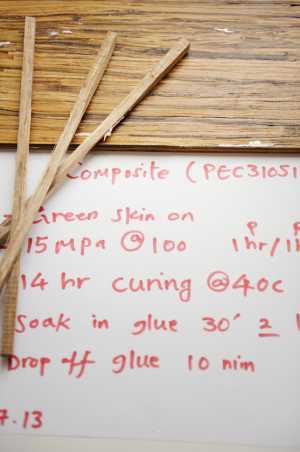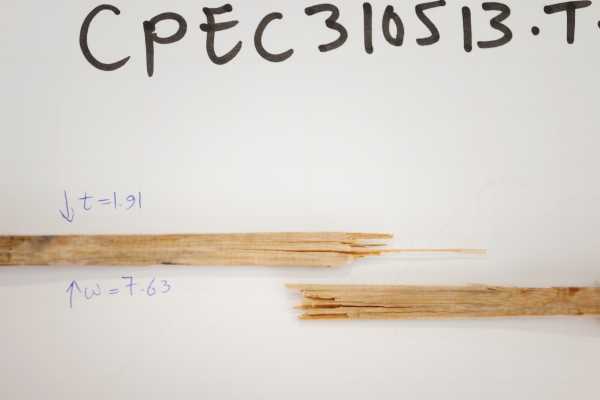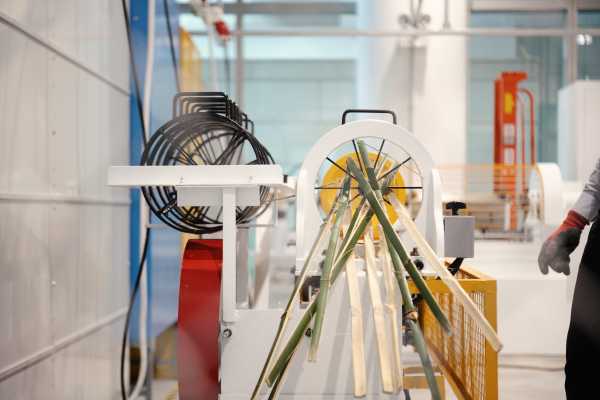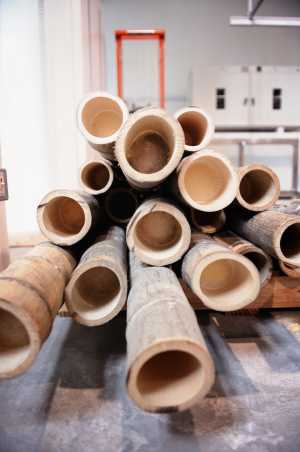Advanced Fibre Composite Materials
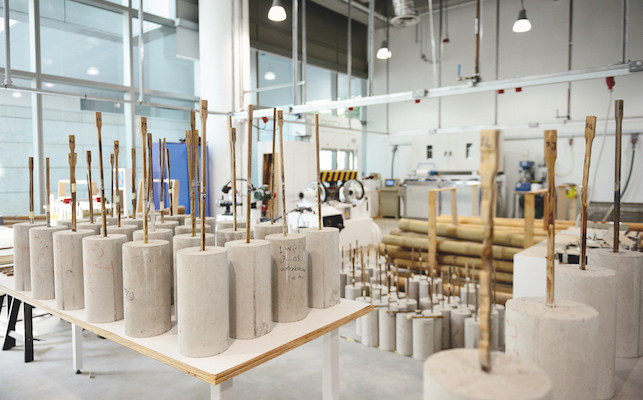
Bamboo could revolutionise the construction sector as a locally available, extremely robust, yet affordable resource for producing innovative fibre composite materials in territories where the highest urbanisation rates are expected - the tropical belt
Bamboo composite materials as an alternative to steel and timber
Steel-reinforced concrete is the most common building material in the world, and developing countries use close to 90 percent of the cement and 80 percent of the steel consumed by the global construction sector. However, very few developing countries have the ability or resources to produce their own steel or cement. But steel is not irreplaceable. There is a material alternative that grows around the globe - bamboo.
Bamboo belongs to the botanical family of grasses and is one of nature’s most versatile products. In its ability to withstand tensile forces, bamboo is superior to timber and even to reinforcement steel. Bamboo is also a highly renewable and eco-friendly material. It grows much faster than wood, is usually available in great quantities, is easy to obtain, and is known for its unrivalled capacity to capture carbon.
From an economic perspective, bamboo can strengthen local value chains, bring jobs and trade to producing countries, while lowering their dependency on international markets.
Despite its strengths, bamboo has a number of weaknesses as a construction material. Water absorption, swelling and shrinking behaviour, limited durability, and vulnerability to fungal attacks have limited most applications of bamboo so far.
FCL researchers are working to activate bamboo’s potential by exploring new types of composite materials. Inspired by bamboo’s tensile strength, the Advanced Fibre Composite Laboratory is investigating the possibility of extracting its fibres in order to transform the grass into a manageable industrial building product, an alternative to steel and timber.
Bamboo composites can be used for specific applications that best take advantage of the material’s tensile strength, such as reinforcement systems in concrete or beams for ceilings and roof structures.

